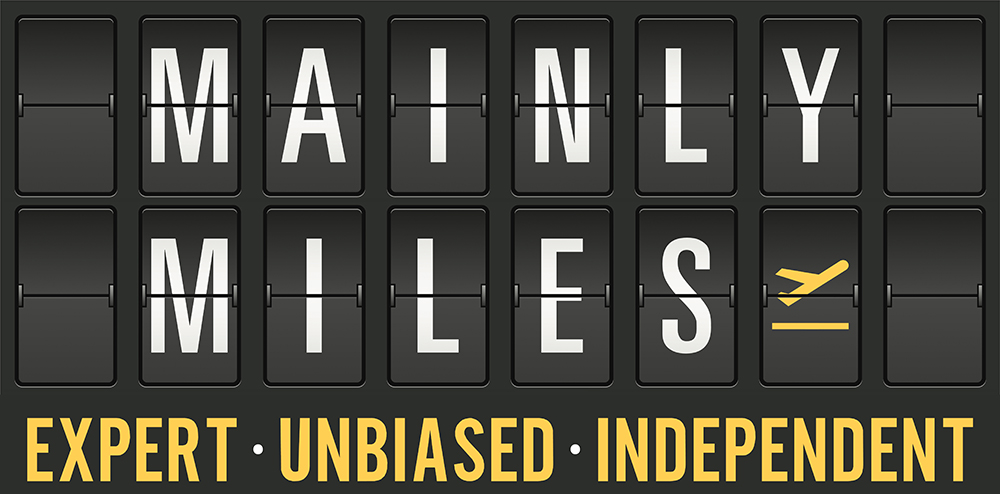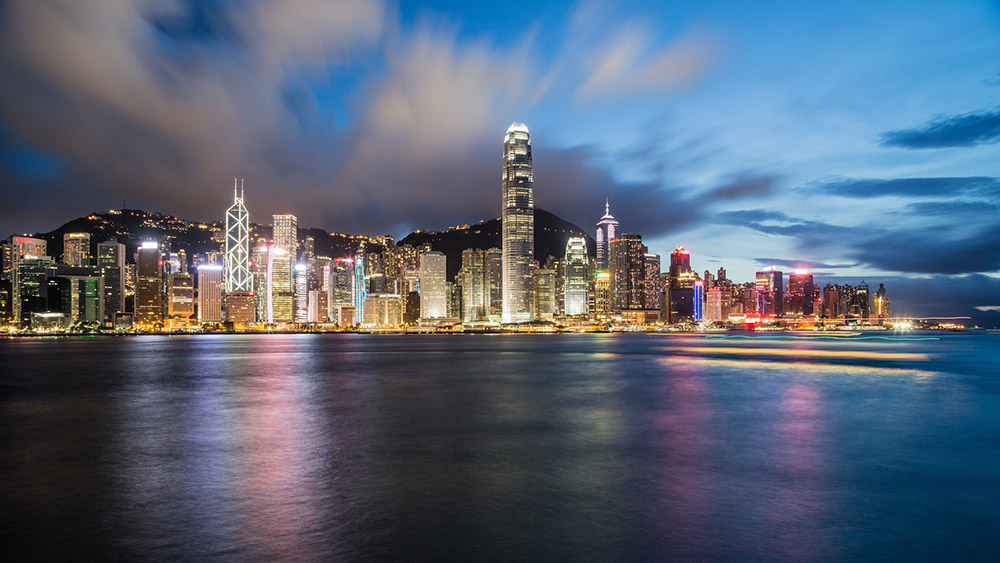The governments of Singapore and Hong Kong have announced plans to open up what will be the first leisure ‘travel bubble’ for residents in both cities, with COVID-19 testing replacing quarantine requirements at either end of the journey.
Crucially there are to be “no restrictions on travel purpose”, making this the first leisure ‘green lane’ for Singapore residents since the COVID-19 border restrictions came into force earlier this year.
Although no firm timescale is in place, both sides have “agreed on the key features” of the programme, which includes no movement restrictions under ‘controlled itineraries’ seen elsewhere, nor is any quarantine or Stay-Home Notice required, in lieu of PCR testing.
“Hong Kong and Singapore have reached an in-principle agreement to establish a bilateral Air Travel Bubble (ATB). This milestone arrangement will help revive cross-border air travel between the two aviation hubs, in a safe and progressive way.”
Government of Hong Kong SAR

Singapore currently has reciprocal ‘green lane’ arrangements with China, Brunei, South Korea and Malaysia, with Indonesia set to follow later this month, however these are all reserved for essential and/or business travel purposes, with tourists currently ineligible.
Tourists are currently welcomed to visit Singapore from Brunei, New Zealand, Australia (excluding Victoria) and Vietnam under the Air Travel Pass scheme, however these are one-way agreements, with those countries not currently welcoming tourists from the Lion City.
The process
Travellers under the so-called Air Travel Bubble (ATB):
- will be subject to mutually recognised COVID-19 polymerase chain reaction tests and would need to have negative test results;
- will not be subject to any quarantine or Stay-Home Notice requirements, or a controlled itinerary;
- will be required to travel on dedicated flights, i.e. these flights will only serve ATB travellers and no transit passengers or non-ATB travellers will be allowed on board
“The ATB can be scaled by adjusting the number of dedicated flights upwards or downwards, or even suspended, in line with the latest developments and COVID-19 situation in the two cities.”
Government of Hong Kong SAR
When will it start?
There is no confirmed start date for these Air Travel Bubble flights, with the SCMP suggesting earlier today that November or more likely December was the realistic timeframe for implementation.
“The launch date of the Hong Kong-Singapore ATB and other implementation details will be announced in due course.”
Government of Hong Kong SAR
With the ‘dedicated flight’ nature of this agreement, there’s certainly no rush to be making speculative bookings, since there are no firm details of those services or the airlines involved at this stage.
Booking refundable hotel rates from December onwards may be something to consider if you find something you like the look of.

Both sides are talking of a quick implementation, with more news promised in the near future.
“With a view to achieving early implementation, both governments are committed to fleshing out the full details of the ATB in the coming weeks and look forward to the resumption of travel between both cities, with the necessary safeguards in place to ensure that public health concerns of both sides are addressed.”
Government of Hong Kong SAR
Flights
Although we don’t yet have details of the ‘dedicated flight’ arrangements, currently Singapore Airlines is serving the Hong Kong route six times per week, increasing to 10 times weekly in November and December 2020, using a mixture of Airbus A350 Regional and Boeing 787-10 aircraft.

The airline is also mounting cargo-only services on the route using passenger aircraft in addition to those flights, so these could also potentially be ‘upgraded’ to ATB passenger operations.
Cathay Pacific meanwhile is currently flying three times per week using Airbus A330s, from its temporary home in Terminal 1.
On the low-cost side, Scoot is providing three times weekly services to Hong Kong with its largest capacity 375-seat Boeing 787-9 aircraft.

We predict that national carriers Singapore Airlines and Cathay Pacific will almost certainly be involved in the ‘dedicated flights’ programme for this Air Travel Bubble, though what the fares will look like and whether miles redemption will be an option remains to be seen.
Here are SIA’s KrisFlyer redemption rates for Singapore – Hong Kong flights, based on a saver award for a one-way trip:
- Economy: 15,000 miles
- Premium: 24,500 miles
- Business: 30,500 miles
- First / Suites: 40,500 miles
Meanwhile Asia Miles (and Avios) have the following rates for Cathay Pacific flights between Singapore and Hong Kong:
- Economy: 10,000 miles (11,000 Avios)
- Business: 25,000 miles (22,000 Avios)
Other arrangements
Aside from the implementation date and details of how the ‘dedicated flights’ programme will work, other arrangements should also hopefully be made clearer as we move towards the implementation of this ‘travel bubble’.
This includes the cost and frequency of required COVID-19 PCR testing for those using the ATB, including where and how it will happen. In the case of airport testing, there may be the issue of time to await test results to be considered, and whether movement may be restricted during that period.
There is also the travel insurance consideration, since leisure travellers will want to be well covered for all eventualities including contracting COVID-19 during their trip.
We look forward to reporting more details about these kind of technicalities, albeit important ones, once more details are shared.
Summary
It’s been a long wait for confirmation about the first leisure travel opportunities for Singapore residents, and this ‘travel bubble’ also supporting tourist visitors between two of Asia’s major aviations hubs in Changi and Hong Kong will come as a cause for great celebration among our readers.
Traffic between the relatively similar cities should be roughly equal in both directions, meaning the local hospitality industry in Singapore is unlikely to lose out in the same way it might when leisure travel is opened up to popular beach destinations like Thailand and Vietnam.
While we don’t have any exact timescale for the implementation of this programme, nor how the ‘dedicated flights’ element will work, further details have been promised in the coming weeks.
Let’s hope for some Hong Kong trips in time for the Christmas and New Year period.
We’ll bring you more details on this new agreement as soon as we have them.



Great news do you think SQ will fly new A380s again on this route since it’s all prepped for the dining thing anyway? Suites redemption wld be cool
I would love to see the A380 on Hong Kong but they would have to be mad to do this! Based on ICAO aircraft fuel consumption data, here’s how the A380 stacks up on a SIN-HKG flight vs. other aircraft options:
A388: 46,695kg / 471 pax = 99.1kg per pax
A359: 18,911kg / 303 pax = 62.4kg per pax
A320: 7,772kg / 180 pax = 43.2kg per pax
A32N: 6,606kg / 186 pax = 35.5kg per pax
There’s no way SIA can achieve 60% more revenue per seat from an A380 flight (even assuming they can fill it) vs. an A350 Regional.
If they do use an A380 on this route, it won’t be to save money unfortunately.
As HKG is also an air hub, I’m wondering about the possibilities of travellers “arbitraging” and continuing on to other countries HKG has travel bubbles with, but not with Singapore.
Is it ethical or irresponsible? How would authorities detect such travel besides flipping through every page of each traveller’s passports? L